After a week spent ruing the missed opportunity to photograph Clouded Yellow butterflies there really was only one destination for us on Sunday and that, of course, was back to Whiteford. Walking down from Cwm Ivy conditions initially seemed ideal raising hopes that luck might once more be on our side, right up until we entered the dune system and encountered a surprisingly stiff breeze. There were still good numbers of Common Darter about but even a cursory glance across the fenced off area revealed a stark decrease in the volume of insects on the wing. Never ones to give in we spent a good forty minutes or so scouring the perimeter for any sign but in the end drew a blank and had to face up to the prospect that our chance may have gone. With miles of dunes heading back to Broughton however there was always the possibility that the Clouded Yellows may have simply relocated so the rest of the day was spent exploring that stretch of coastline. It wasn’t until the return trip though that a flash of colour outside the Whiteford Bay caravan park finally signalled that our efforts had not been in vain. Initially ranging widely over the meadow there it soon became more settled allowing me to get in close for views that I couldn’t ever have wished for. Somewhere right now my Dad will be extremely jealous.
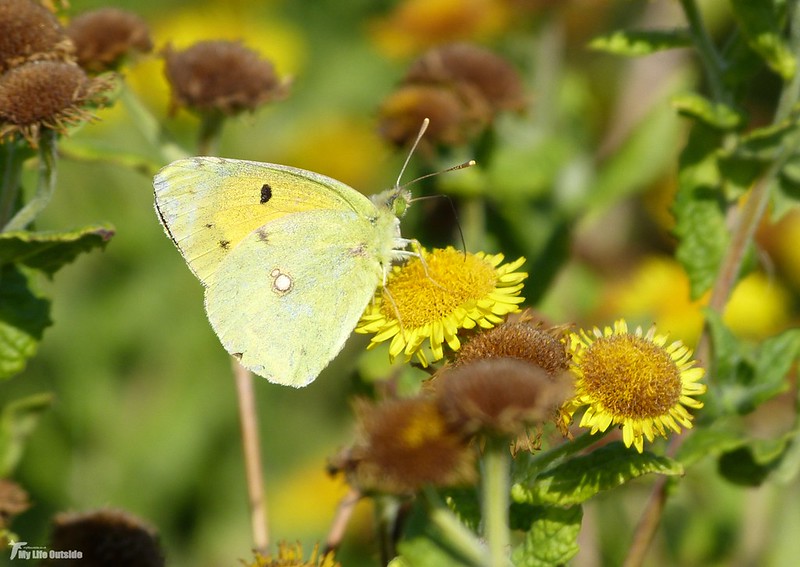
With one success in the bag it didn’t take long for the next to be delivered. All weekend there had been reports of a relatively good migrant movement so I’d been keeping my eye out for any Whinchats that may have been passing through, a personal favourite of mine yet one we encounter all too rarely. I’d already glimpsed what I thought had been one in the dunes at Whiteford but was left in no doubt by the two individuals below. Quite unbelievably they were perched up on the wires right above where the Clouded Yellow was feeding. You really couldn’t have asked for better.
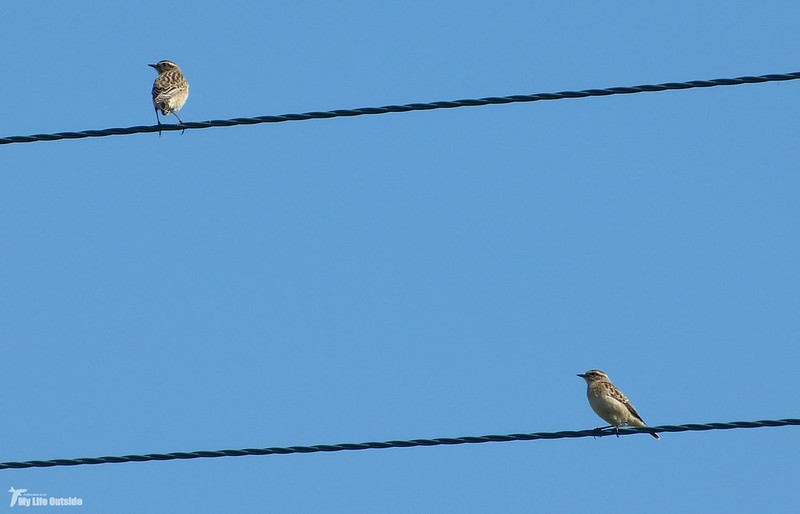
Another butterfly to fall beneath my camera was this female Common Blue which did its best to give me the run around. Compared to normal individuals of the species it looked absolutely tiny and took a lot of persistence on my part to finally get into a position where I had an unrestricted view. Hot work under the midday sun let me assure you.

Also present was what I am assuming is a Queen Bee mating with a male, though of which species I’m not yet sure. There embrace was certainly a firm one with neither seemingly able to break free and the find has left me somewhat baffled. It’s certainly not something I’ve witnessed before but some research will be necessary to find out more.
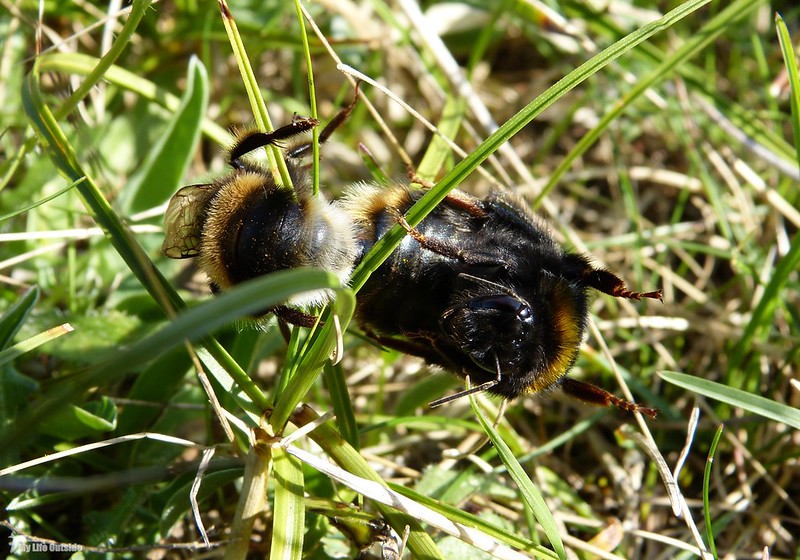
Similarly puzzling were these strange markings that had been left across the sand in some significant volume. Most stretched for meters at a time and seemed to predominately criss-cross between areas of Marram Grass and other vegetation. My initial thoughts were that they had been made by Adders which are known to frequent the area (though I’ve yet to see one) but a spot of googling has led me more towards Crabs being the main culprit.
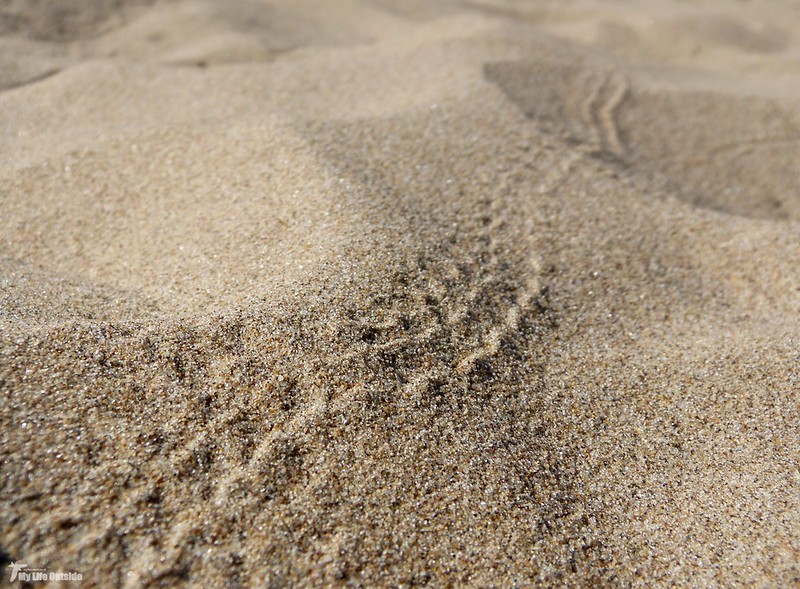
Back to the birds and it was nice to find a flock of 24 Ringed Plovers roosting on the beach at Broughton, several of them youngsters in various stages of plumage development. On the rocks behind three Wheatear gave me what will probably be my last chance to photograph these birds before they head off back to Africa.
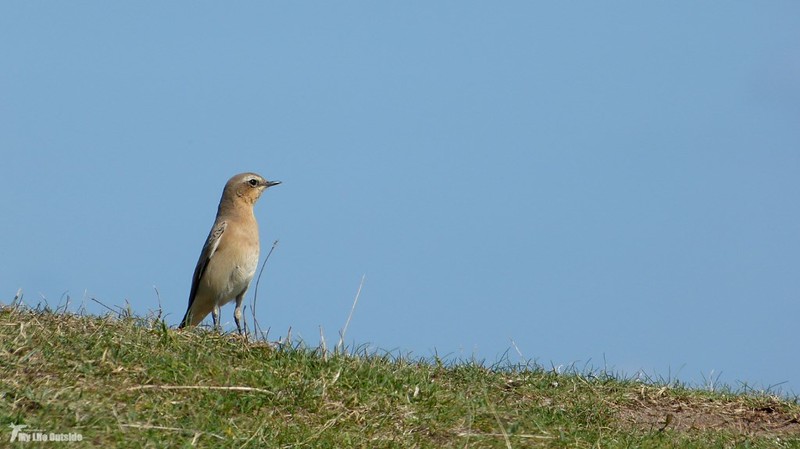
Out at sea things were once again relatively quiet although Emma did spot a Gannet while I had my head stuck in the dunes. A calling Green Woodpecker and battling Kestrels helped to round off what had been another excellent day on Gower.
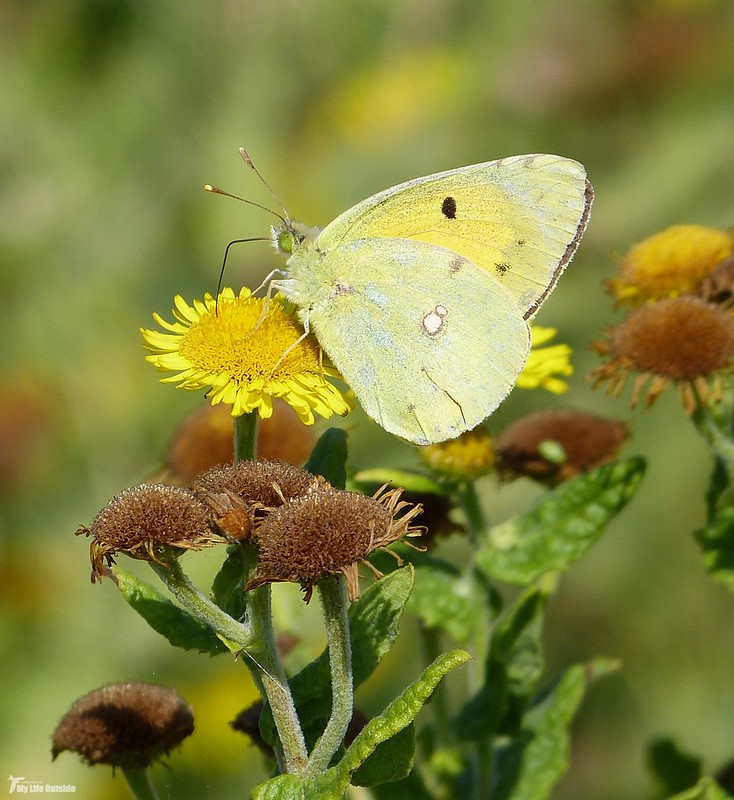
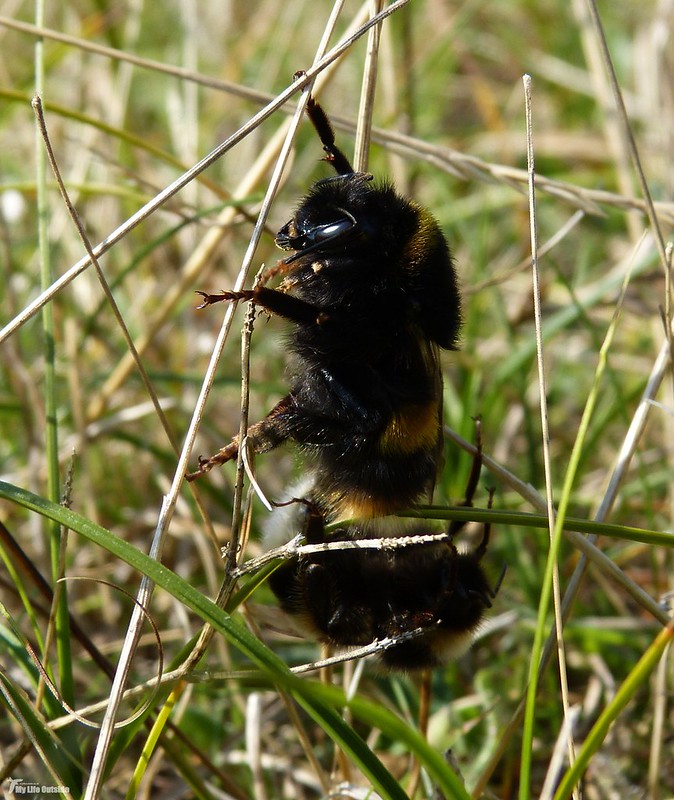



0 Comments